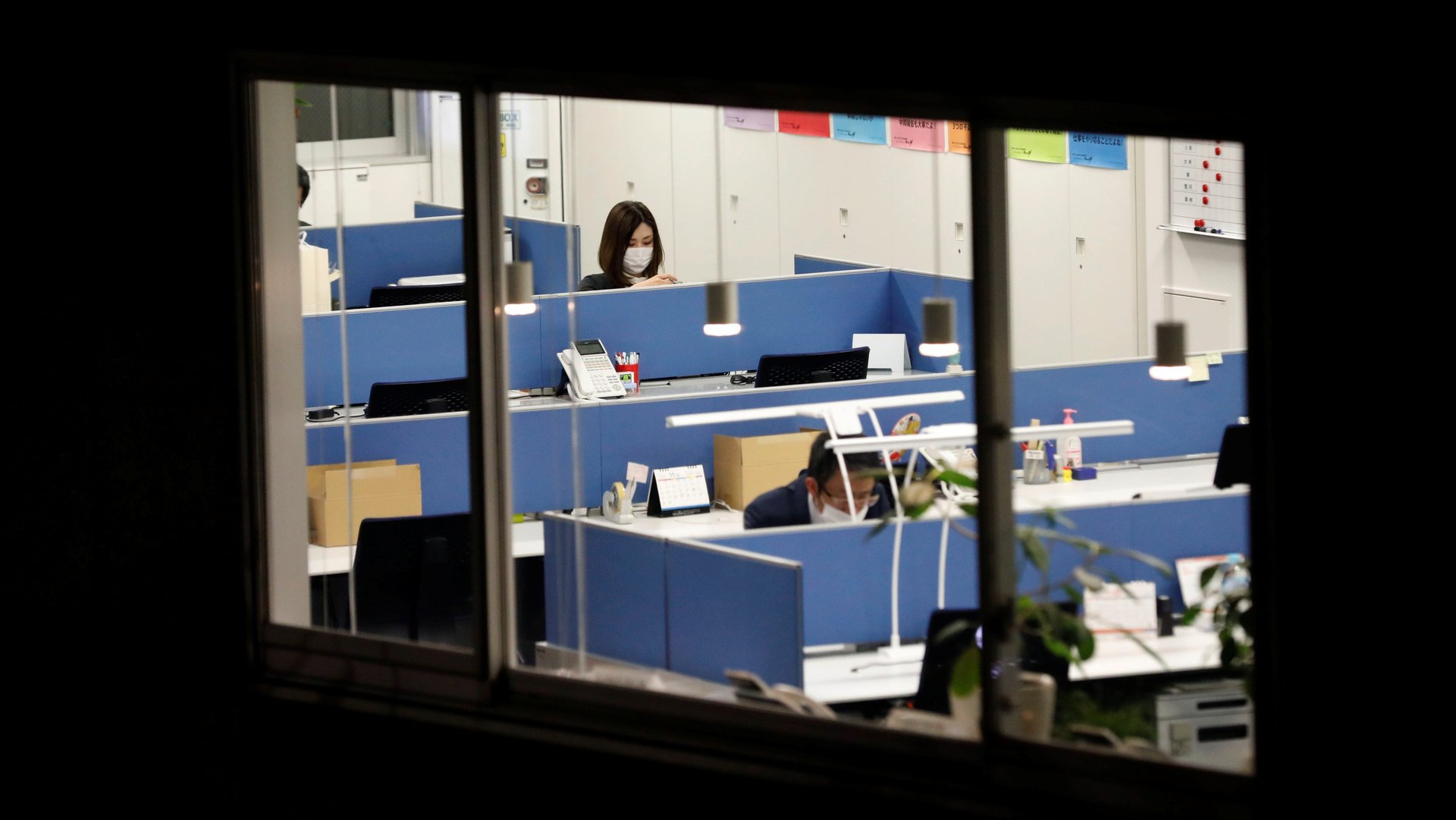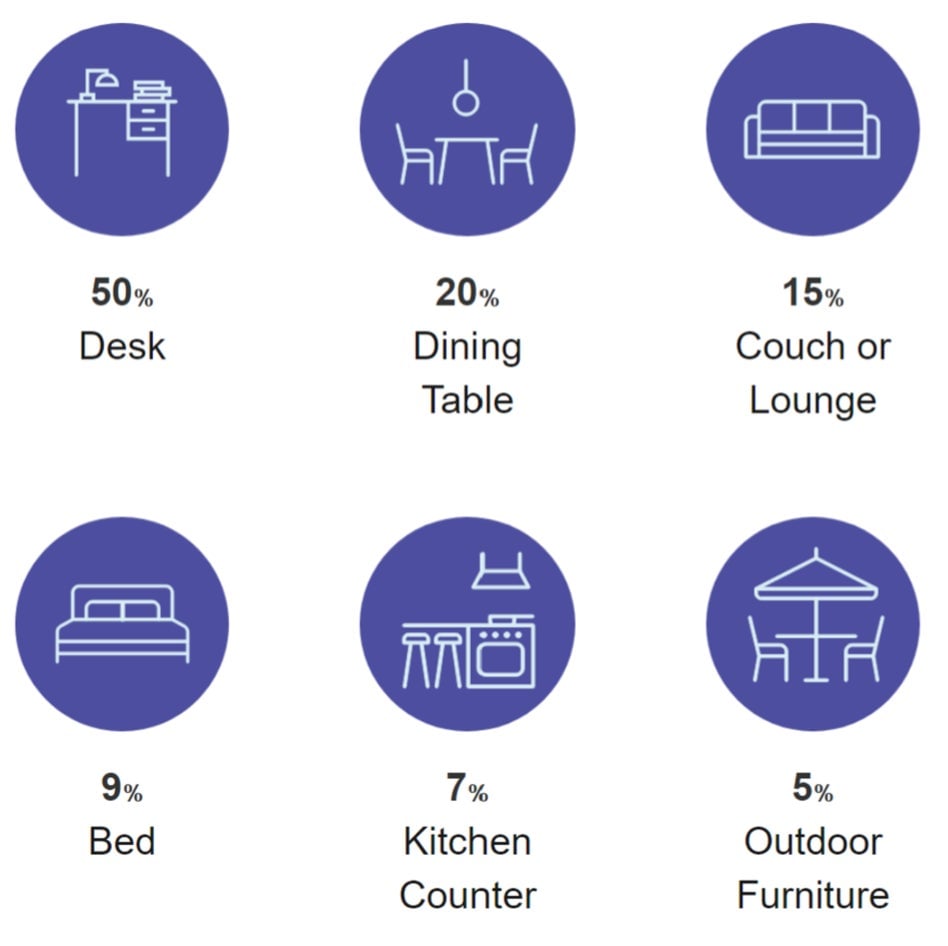A global survey of 32,000 workers reveals the biggest concerns about returning to the office
After nearly a year-long experiment in telecommuting, 95% of remote workers say they’d rather be back in the office in some capacity. Only 19% say they’re completely satisfied with their current work from home arrangements. More than half want to cap their remote work time to one or two days a week.


After nearly a year-long experiment in telecommuting, 95% of remote workers say they’d rather be back in the office in some capacity. Only 19% say they’re completely satisfied with their current work from home arrangements. More than half want to cap their remote work time to one or two days a week.
These are some of the key takeaways from a global survey of 32,000 workers polled by Steelcase, which bills its new Reinvented Workplace report as the “largest body of research conducted on the state of work” during the pandemic. Conducted by the office furniture giant over the course of five months, the report summarizes findings from eight qualitative and quantitative studies conducted in the US, UK, Australia, Canada, China, France, Germany, India, Mexico, and Spain. They represent the opinions of employees, managers, and executives who work in offices with 100 employees or more.
Sociologist Tracy Brower, a principal in Steelcase’s applied research and consulting division, says remote workers are finding it challenging to do their jobs effectively, largely because it’s hard to find spaces to think next to the din and demands of their domestic lives.
Where we are working

Brower says that there’s a greater appreciation for the fact that the spaces where we do our work has a direct bearing on our success. “A large percentage of people having a ‘middle of the road’ or even an unsatisfied experience, about 81%, according to our research,” she explains, offering a sobering counterpoint for the “work-from-anywhere” fantasy that some companies touted even before Covid-19. The report also registers a 6% drop in innovation when employees are scrambling to find conducive places for working outside of the office.
Only about half of telecommuters work from a desk. A fifth have camped out on a dining table, 15% are on a couch, 9% are working in bed, 7% are at a kitchen counter, and 5% use outdoor furniture. Managers tend to have a better work-from-home set-up compared to their employees, with over 40% reporting to have both an ergonomic chair and a second monitor. The interest in improving work spaces is reflected in the steady uptick in the commercial furniture market during the pandemic.
Common anxieties about returning to the office
Steelcase’s data suggests that majority of workers embrace a hybrid work schedule, and hope to go back to the office on a part-time basis. Only 5% say they prefer working remotely exclusively.
For employees eager to report back to their desks, the office’s air quality and evidence that colleagues are heeding health protocols are top priorities. This could mean strict enforcement of mask-wearing, posting signage, and reconfiguring the office layout to comply with social-distancing protocols.
Because work eventually will be done in two or more places, Brower ultimately puts the burden of creating ideal work environments on employers. “Leaders need to create a great experience in the office, as well as a great experience for people working from home—or risk a decline in their productivity and engagement,” she warns.
As the world’s top office furniture manufacturer in terms of revenue, Steelcase has a stake in convincing companies to increase their spending in new, Covid-19 compliant solutions. In the report, the company previewed a cocoon-like enclosure that may be of interest to firms that want to improve on the clunky social distancing solutions.
The five types of remote workers
Steelcase’s researchers suggest that remote workers tend to fall into one of five personas: The isolated Zoomer, the frustrated creative networker, the overworked caretaker, the autonomy-seeker, and the relieved self-preservationist. Of these archetypes, only the last two fare well with extended periods of remote work.
“It’s important to note that it’s possible for people to associate themselves with more than one of the patterns,” the report states. “They are meant to be extremes that can help us understand the different experiences people have had and what their expectations may be when they return to the workplace.”
Correction: A previous version of this article stated that 85% of remote workers favored a return to their office. Steelcase issued a correction to their report and stated that it’s actually 95%.